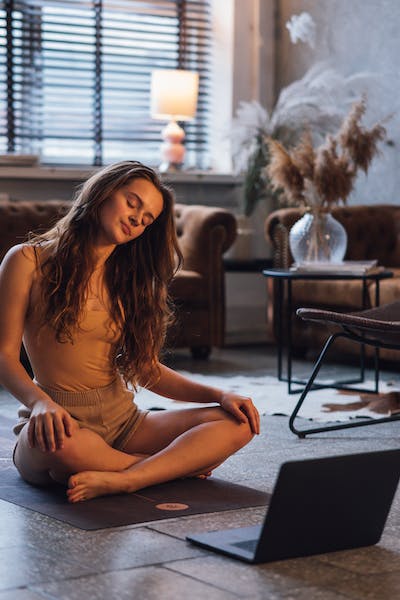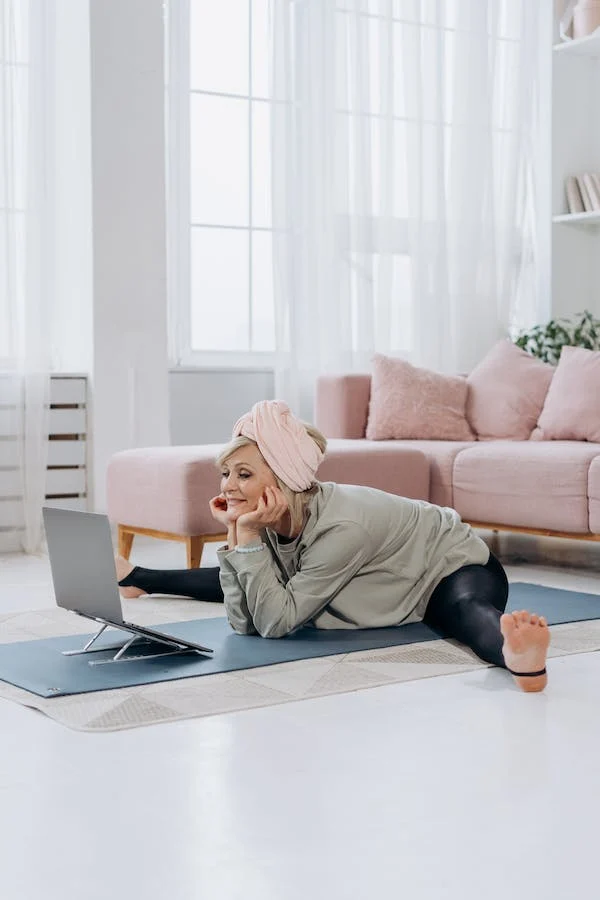In today’s fast-paced world, finding time for physical exercise and mental well-being can be challenging. However, practicing Pilates at home offers a convenient and effective way to enhance strength, flexibility, and overall wellness. Let’s explore the benefits and provide tips to get started on your own Pilates journey.
Pilates is a low-impact exercise method developed by Joseph Pilates. It focuses on strengthening the core muscles, improving posture, and enhancing body awareness. By combining physical movement with mindful breathing, Pilates creates a harmonious connection between the body and mind.
Here are the advantages of practicing Pilates at home:
1. Convenient and Time-Saving: With Pilates at home, you can tailor your workouts to fit your schedule. There’s no need to commute to a studio or adhere to specific class timings. This flexibility allows you to maintain a consistent practice, leading to better results over time.

2. Increased Privacy and Comfort: Practicing Pilates at home provides a safe and private environment. You can focus on your movements without any external distractions, promoting a deeper mind-body connection and maximizing the benefits of each exercise.
3. Cost-Effective: Attending Pilates classes at a studio can be costly. By practicing at home, you eliminate the need for expensive memberships or class fees. There are numerous online resources, mobile apps, and instructional videos available that can guide you through your Pilates journey without breaking the bank.
4. Customized Workouts: Pilates at home gives you the freedom to customize your workouts based on your fitness level, goals, and preferences. Whether you want to focus on core strength, flexibility, or injury rehabilitation, you can design a routine that suits your specific needs. You can also incorporate other fitness equipment like resistance bands or small weights to add variety and challenge.
To get started with Pilates at home:
1. Set Up a Dedicated Space: Designate a specific area in your home for your Pilates practice. Make sure the area is free from clutter and has enough room for you to move around comfortably.
2. Gather the Essential Equipment: While Pilates can be practiced without any equipment, having a few basic props can enhance your experience. Consider investing in a Pilates mat, which provides cushioning and support during exercises. You may also want to have a small Pilates ball, resistance bands, or a foam roller for added variety.

3. Follow Online Resources and Tutorials: There is a wealth of Pilates resources available online. Look for reputable websites, mobile apps, or YouTube channels that offer instructional videos and guided workouts. Start with beginner-level tutorials and gradually progress to more advanced exercises as you gain strength and confidence.
4. Maintain Consistency and Progress Gradually: Set aside dedicated time for your workouts and aim to exercise at least two to three times a week. As you become more comfortable with the exercises, gradually increase the intensity and duration of your sessions. However, always listen to your body and avoid overexertion or pushing yourself too hard.
By incorporating Pilates into your daily routine, you can enjoy the benefits of improved strength, flexibility, and mindfulness. Start slowly, stay consistent, and seek guidance from reliable sources to ensure a safe and effective Pilates practice. Embrace the journey and unlock a healthier, more balanced you through the power of Pilates at home.





